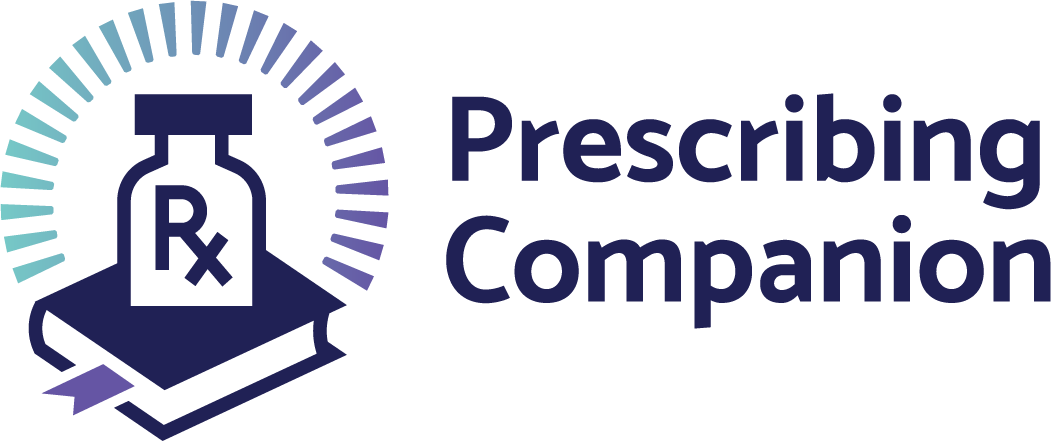Signs and Symptoms
Adult worms are found in the lymphatics and lymph nodes. Larvae grow and mature in the regional lymph nodes for up to 18 months. The patient then presents with:
- Fever ranging from 39°C - 41°C
- Lymphangitis, both of which subside in 3 - 5 days.
- Red streaks on the skin, are tender and cord-like.
- Involvement of the lymphatics of the epididymis, testes and spermatic cord causing obstruction which presents with oedema of the lower limbs and scrota.
- Long-standing oedema produces thick, rough skin which may ulcerate
Treatment
- Diethylcarbamazine 2 – 6mg/kg daily in divided doses for 2 – 3 weeks. The course is repeated after 6 weeks.
- Supportive care is antihistamines or steroids for allergic reactions that can occur.
- Also associated bacterial infections should be treated and reconstructive surgery can be done on unsightly tissue.
Complications
Tropical eosinophilia is characterized by:
- Lymphadenopathy
- Splenomegaly
- Cough
- Bronchospasm and asthma-like picture
